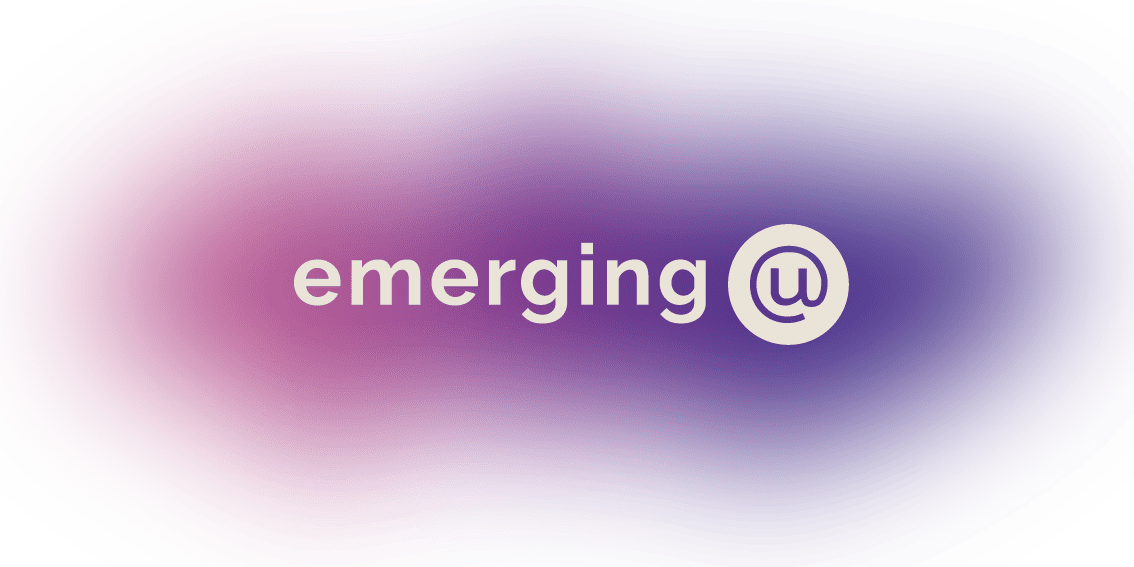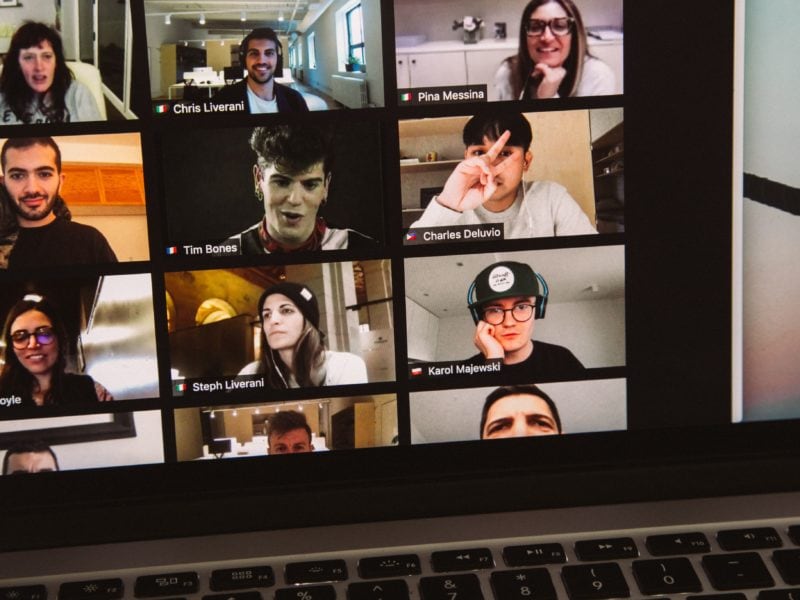In our blog series so far, we’ve talked about the potential risks when there’s a gap in leadership message and behaviour. We’ve also explored CX and the witnessed experience, the power of the physical customer social space and the impact on customer loyalty.
In this article I’ll explore how the witnessed experience of behavioural leadership has changed, how this impacts trust and engagement with change.
Fleeting encounters count when building trust with your people. Leaders must find new ways of connecting with their people on a human level in a hybrid workplace.
The rumour mill has gone into overdrive in the hybrid workplace. Leaders will need to spend more time enquiring into survey results to demonstrate their commitment to improving the working lives of their teams.
There’s a gap between what employees said in surveys and the reality of a working in a hybrid team. By creating the conditions for honest conversations about what’s working and what’s not People leaders will increase trust and discretionary effort.
“High-performing leaders today recognize a one-size-fits all approach doesn’t work; they recognize we are in the age of bespoke leadership where leaders must tailor their approach to meet the needs of their team members while building a psychologically safe and meaningful work environment.”
How To Build Trust In The Hybrid World Of Work; Nicole Bendaly Forbes
Let’s put this in context…
Your people see you far less than they once did, what you say and do in the fleeting moments they have with you carries more weight and reaches further than you think.
Once upon a time in office land, your leadership reputation was formed from the cumulative experience of all the time your people saw you and heard about you. From the obvious face to face opportunities in 121’s to the formal and informal team talks and socials. Then there’s all those other moments; the overheard ‘I’ve got my team’s back’ call taken in the corridor, the extra half hour seen talking to a colleague outside that you know is going through a tough time, the almost un-noticed eyeroll over a not so great business-wide policy. It’s ok, that just makes you human.
The flip side is that while you may have successfully transferred your good leadership practice to the remote world of working with meaningful calls and a healthy respect towards home lives, your people have missed out on the fleeting moments that unconsciously tell them how they can trust you when the pressure of uncertainty and expectations is very real.
Why does this matter?
Whatever the impact of more recent leadership behaviour has been, your people will have kept the faith with you so far in the light of adapting to change based on what they previously witnessed and how it made them feel. As you consider the operational changes you need to make to adapt to your hybrid working environment, give some thought to how you create opportunities for your teams to see you in action and how this will speed up the sense of connection and (re)build trust.
Leadership isn’t just you, it’s a level within an organisation that you represent. The danger is you can morph into ‘one of them’, the decision makers behind a laptop somewhere, in your ivory tower, if you don’t bring your personal voice and narrative to the change journey everyone is on.
Although generally accepted as a necessary tool, an over-reliance on surveys without meaningful reflection has allowed doubt to creep in. Are ‘they’ really listening? What do ‘they’ do with all this feedback? In the absence of all the incidental moments your people would have witnessed in the physical workspace and the chance to sense check concerns, they’ll fill in the gaps. The rumours or generic comms that are often borne out of survey results, aren’t easy to unpick remotely.
Through our diagnostic we are observing that even those who describe good relationships with their managers are reluctant to reveal their true sentiment about what’s coming, their fears about increased expectations. Not wanting to rock the boat is keenly felt, there’s an unconscious shared responsibility to make this ok and limit more anxiety. The danger is that to appear ok and by ignoring the real concerns of your people you will increase stress levels.
We’re also seeing the more vocal team members take on responsibility to be the voice of the team; “I’ve heard there’s new rules on weekly meetings on site, I know someone who is really concerned about it”, “apparently, the director is running open Q&A sessions, but I haven’t had an invite”. When we challenge the root of these issues or ask if they feel comfortable to check with their line managers, the response is “I could, but it’s fine” or, ‘there was something in the survey, I put yes because it’s easier.”
Our research insights on culture, leadership and the EX – CX impact is filled with verbatim that shines a light on where leaders could make some ground. We hear the frustrations and fears, and the “I shouldn’t probably say this but…”, “I know we’re all under pressure but…” whatever the underlying blockers to performance are, there’s a willingness to get past the shared-experience pain and look forward to better ways of working. People don’t want to be a burden, they’re tired and unsure and look to their peers first for back up.
So, what happens next?
Leaders are telling us their teams aren’t skipping back into the vaccinated arms of their office-based colleagues as quickly as they expected. It’s high effort to influence and gain traction with new policies and hybrid models that the survey data said would work. Employees have said flexibility will make them happier and increase productivity, but the reality for leaders is that 121’s feel harder, more workflow issues are creeping into the weekly reports and CX data is a mixed bag of impressive highs and frustrating this-shouldn’t-even-be-escalated lows.
In the absence of physical shared space and the reduced chance of those fleeting witnessed moments to see leadership behaviour in action, giving your people different opportunities to see and hear you will reduce the risk of disengagement with messages from the top and make the road ahead more confident and productive for all.
Building Trust
• Show and tell – create moments for you and your team to share their experiences. Unprepared Q&A Sessions will demonstrate commitment to your team’s emotional wellbeing. Sharing your thoughts and reflections on hot topics will create a meaningful human connection with your people and encourage natural leaders in the team to do the same.
Outcome – Behaviour breeds behaviour, building trust across team dynamics will create the opportunity for better participation in discussions and quality problem solving, with or without you in the meeting.
• Be human – Share what you think and feel about surveys, what stood out to you, what resonates with you and what you need to explore further.
Outcome – Having a real conversation about the business need for surveys will encourage more engagement with the process. Helping to limit suspicion of the agenda and resulting actions, reducing the gap between survey data and true sentiment.
• Myth busting – demonstrating that the seemingly small stuff matters will smooth the path for others to reveal bigger concerns.
Outcome – acknowledge, clarify and re-focus – don’t forget the why, create the opportunity to ask more questions and move forward.
Last Few words…
As we move towards hybrid working the resulting cultures that will emerge, trust through connected teams will be a key driving force to release potential and create a working environment (wherever that might be) that encourages freedom to contribute, to challenge and reflect.
Share the journey you’re on, what mindset you practice, it’ll show you’re alert and mindful of the impact of change. The intentional effort in communicating with self-awareness will offset the reduced opportunities to witness your leadership, and your peers, in action. As teams adjust, what you say and do will be felt directly by those you lead and reported on by them to those you don’t.





